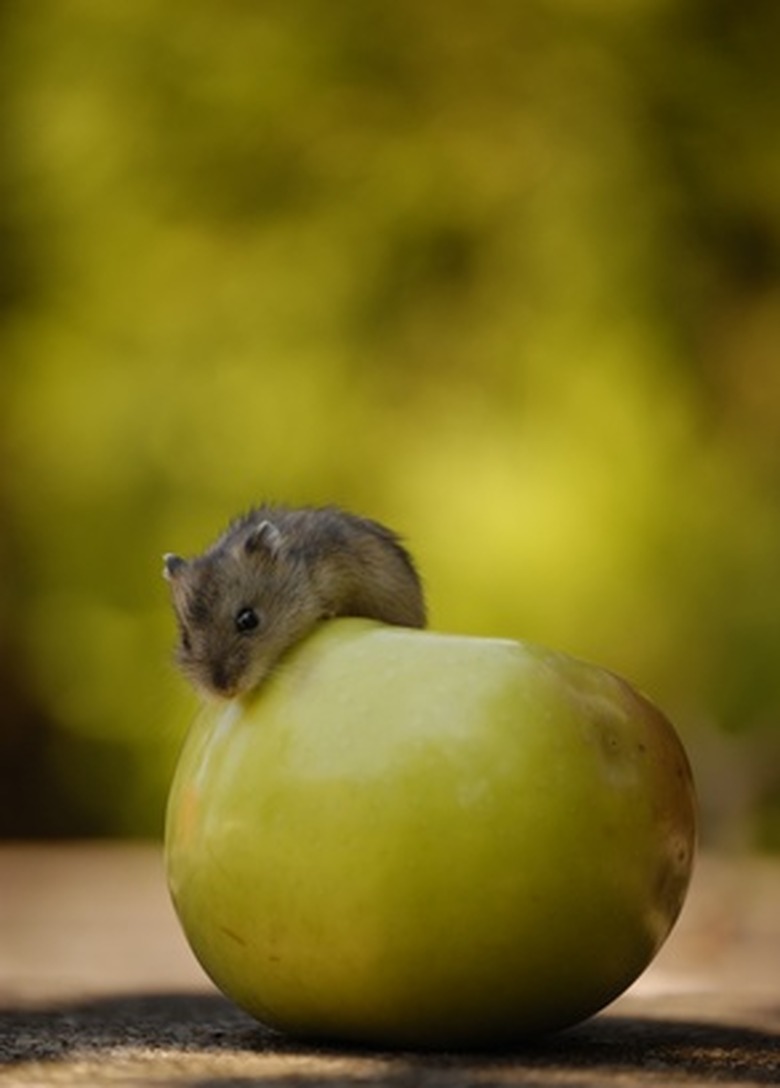How To Remove Moles & Gophers
Things Needed
- Sonic emitter
- Lawn spreader
- Granulated castor oil
- Sprinkler
- Milky spore
- Shovel
- Traps
- String
- Stake
- Poison pellets
- Garden hose
Moles and gophers do not intentionally destroy lawn and landscape, but they can do so while searching for food. Moles eat insects and beetles, while gophers are vegetarians that dine on roots and shoots. If you have beetles, grubs or constant wet soil, you may find one of these pests roaming your land underground. Both moles and gophers create nests and can breed multiple broods per year.
Relocation
Step 1
Set out a sonic emitter that sends a pulse into the ground. This will irritate the moles and gophers, causing them to relocate. You can purchase electric or solar models. Use the devices for six months to make sure the moles or gophers are gone.
- Moles and gophers do not intentionally destroy lawn and landscape, but they can do so while searching for food.
Step 2
Use the spreader to lay a thin layer of granulated castor oil over the yard. Neither gophers nor moles like the smell and will move far away from the area to avoid it. The granules will dissolve into the soil and travel through the soil. Speed up the process by watering the lawn with the sprinkler after applying the castor oil.
Step 3
Remove grubs and beetles from the lawn to remove moles and gophers. Apply milky spore bacteria and nematodes to the lawn. This will remove the white grubs in the lawn. White grubs are food for the moles, while the digging that grubs do will expose roots and shoots making food for gophers.
- Use the spreader to lay a thin layer of granulated castor oil over the yard.
- This will remove the white grubs in the lawn.
Trapping
Step 1
Find out if you have moles or gophers, as each requires different trapping methods. Moles stay near the surface and make visible mounds with their tunnels; gophers have no visible tunnels but do show signs of dead lawn or gardens in strips. For gopher trapping, use steps 2 and 3 of this section. For mole trapping, use step 4 of this section.
Step 2
Use the shovel to dig around the burrow hole. Locate the tunnel system and find the main trunk; this will appear between 8 inches to 24 inches below the surface.
Step 3
Set a trap into the tunnel so that it faces the direction of the tunnel. Tie one end of the string to the trap and the other end to a stake. Set the stake in the ground next to the tunnel. Backfill soil over the trap, leaving a small section open to allow light in. The gopher will head for the light to attempt to close the hole and will get trapped.
- Find out if you have moles or gophers, as each requires different trapping methods.
- Set a trap into the tunnel so that it faces the direction of the tunnel.
Step 4
Place the mole trap over the top of the tunnel. Set the trap so that it straddles the tunnel. The trap is sprung by vibrations in the soil as the mole moves underneath it. A spike falls down into the tunnel, trapping the mole.
Step 5
Call your local vector control to have them handle the trapped mole or gopher.
Termination
Step 1
Locate the main tunnel of the moles or gophers. Place poison pellets into the tunnel where the moles or gophers will eat them. Make sure the pellets are deep underground, as they will also kill other animals that eat them.
- Place the mole trap over the top of the tunnel.
- Place poison pellets into the tunnel where the moles or gophers will eat them.
Step 2
Insert a garden hose down one of the burrow holes. Mole holes are shallow since they burrow near the surface; gopher holes are deeper because the tunnels are buried below the surface. Turn the water pressure on at the spigot. Allow the hose to flood the tunnels. Run the water for up to 20 minutes; this will cause the tunnels to eventually collapse and drown any survivors from step 1 of this section.
Step 3
Let the soil dry. Fill in the tunnels with fresh dirt. Reapply new sod.
- Insert a garden hose down one of the burrow holes.
- Allow the hose to flood the tunnels.
